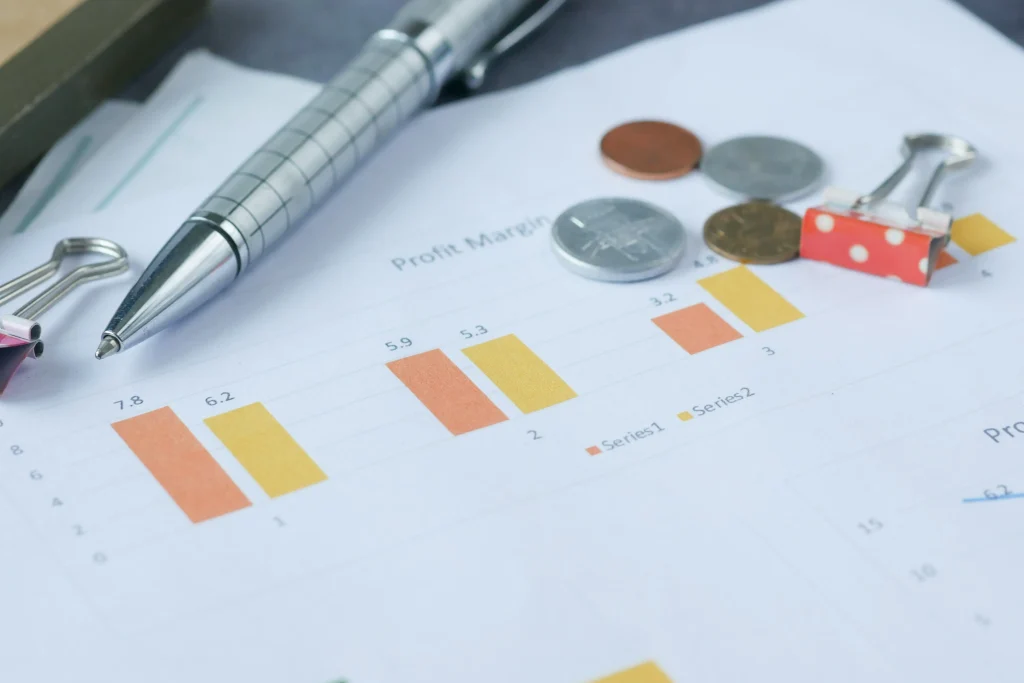An investor’s overall performance in the investments they make is greatly influenced by the interplay between their financial and real estate portfolios in the complex dance of investment techniques.
This article will look at the complex aspects of this relationship, including the concept of an investment portfolio, how financial decisions impact real estate investments, among many other things, as well as the unique dynamics of a particular area, such as a subdivision in Cabuyao, Laguna.
What is a portfolio in real estate?
A real estate portfolio, to state it simply, is a collection of both past and current real estate investment properties, or it can be a detailed record.
In addition, Real Estate Investment Trusts (REITs), rental properties, and properties that have been flipped may also contain in your portfolio.
What is a financial portfolio?
A financial portfolio is a collection of financial assets, such as cash and cash equivalents, stocks, commodities, bonds, and exchange-traded funds (ETFs). Additionally, a portfolio could include a variety of assets, such as private investments, artwork, and real estate.

An investor may opt to handle and oversee their portfolio on their own, or they can outsource portfolio management to a financial advisor, money manager, or other expert in the field of finance.
Why is it important to build a financial portfolio?
A portfolio offers a structure for one’s financial assets. They support an investor in monitoring and controlling the assets they own. Investing in stocks, bonds, and other kinds of assets can help spread risk and diversify an investor’s holdings.
In addition, it makes it possible to control risks, optimize returns, and make wise choices in a market that is always shifting. Therefore, it is crucial to make the commitment to routinely reviewing your real estate portfolio, regardless of one’s level of experience, as this is a decision that could have a big impact on your financial future.
What is in an investment portfolio?
An investor’s collection of financial assets, which could include bonds, equities, currencies, cash and currency equivalents, and commodities, is called an investment portfolio. Moreover, it designates a collection of financial instruments that an investor employs to generate returns while guaranteeing the preservation of cash or assets.
How do I create an investment portfolio?
Building a portfolio demands more work than using an index investing strategy, which is passive.
One must first determine the goals, tolerance for risk, and time horizon. Next, look into and choose stocks or other investments that fall within those categories. Entry and departure points for every position, as well as frequent monitoring and updating, are frequently necessary.

Rebalancing is selling some holdings and acquiring more of others so that the asset allocation in your portfolio reflects your strategy, risk tolerance, and intended return level for the majority of the time.
Despite the additional work involved, creating and maintaining a portfolio can provide people financial control and boost confidence in the ability to make investments.
How do I grow my investment portfolio?
An investment portfolio can be compared by investors to a pie that has been split into pieces of different wedge shapes, with each piece standing for a distinct asset class and/or investment kind.
A well-diversified portfolio is what investors strive for in order to attain an optimum risk-return allocation for their degree of risk tolerance. While cash, bonds, and stocks are typically thought of as the main components of a portfolio, investors can expand a portfolio with a wide range of assets, such as real estate, gold stocks, different kinds of bonds, paintings, and other collectible items.
How to build an investment portfolio:
1.Specify the portfolio’s goal.
To receive guidance on what investments to make, investors should respond to the question of what the portfolio is intended for.
2. Don’t overpay for an item.
The break-even point must be reached at a greater cost of acquisition. Therefore, the potential earnings are bigger, the lower the asset’s price.
3. Reduce the turnover of investments.
Some investors want to acquire stocks frequently and then sell them again in a short amount of time. With this, they must keep in mind that doing so raises transaction costs. Furthermore, some investments only need time to start paying off.
4. Understand the local market.
An investor has a real estate edge if they are familiar with the local market. One may not always be aware of what’s going on with a rental property or the community it’s in while dealing with a remote place.

For instance, someone who decides to purchase a rental property in Cavite while residing in a subdivision in Cabuyao, Laguna, may not be well-versed in the local real estate market and may overlook crucial information regarding the house and its surroundings. A property may succeed or fail based on those details.
5. Don’t ever depend only on one investment.
A diversified investing portfolio is essential for success. Certain investments may be prospering while others may be falling. Having a diverse portfolio of investments may help reduce an investor’s overall threat.
6. Explore Your Financing Choices.
There are many complications involved with financing several investment properties, so as one try to carve out an independent real estate niche, it’s important to be aware of the different kinds of financing choices available.
- Hard money loan. A hard money lender, as opposed to a typical lender, provides a hard money loan, which is a form of short-term loan. Hard money loans are given by private lenders or individuals who take up the collateral in the form of real estate or other assets.
- Conventional bank loans. Conventional loans are mortgages that are not guaranteed by the government. Although certain government-backed loans offer certain advantages to borrowers, conventional loans continue to be the most popular kind of mortgage.
Bottom Line
The complex interplay between real estate and financial portfolios is a dynamic factor that can have a big impact on an investor’s performance. Investors are able to create a strategy that is both resilient and comprehensive by realizing the symbiotic relationship between these portfolios and how actions made in one area affect the other. The subdivision in Cabuyao, Laguna serves as proof of the possible benefits for those who can successfully negotiate this symbiosis through strategic understanding and maneuvering.


